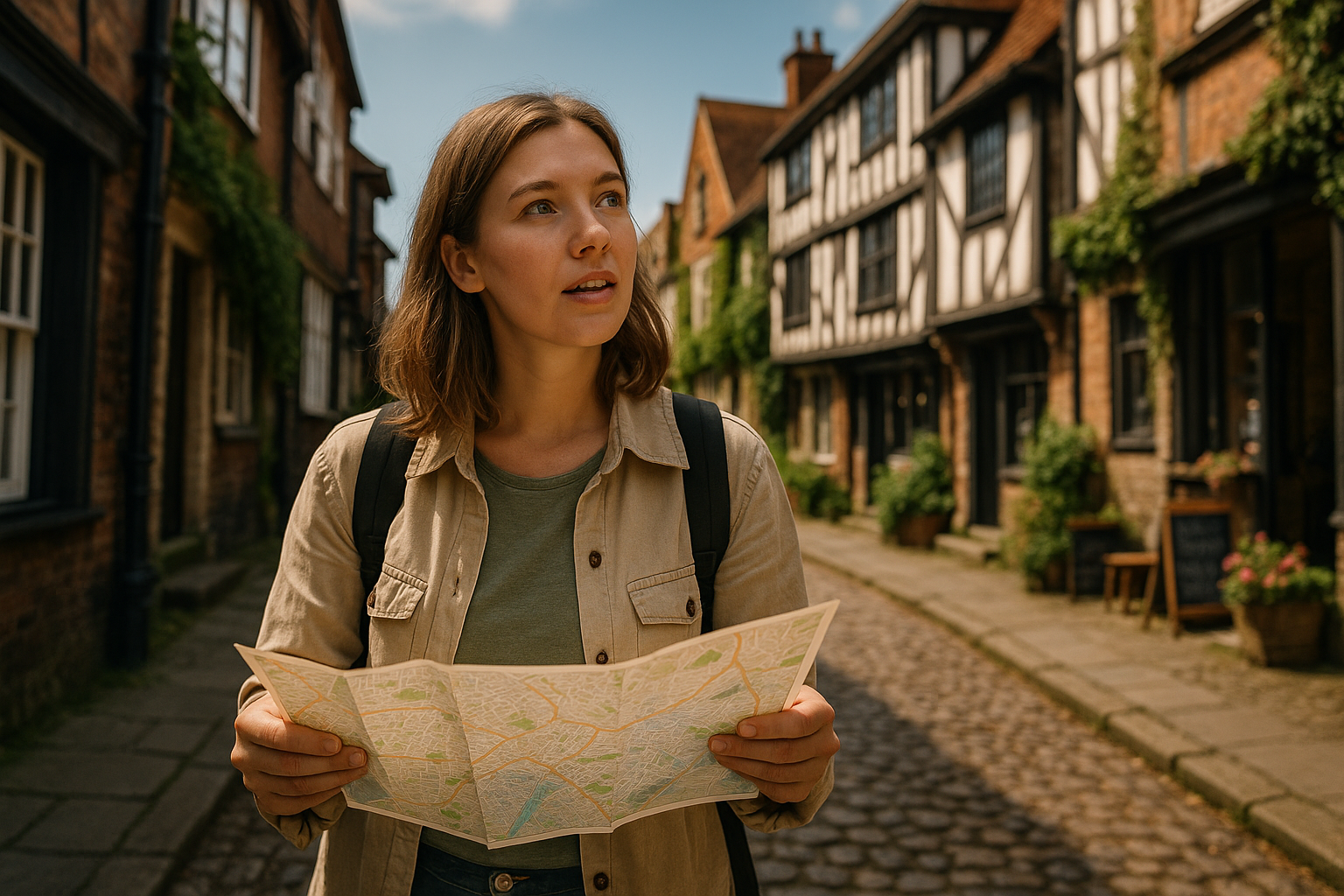Discovering the Charm of Heritage Trails: A New Approach to Travel
Heritage trails are not a novel concept, yet they are gaining popularity and redefining the way we travel. These trails offer a unique blend of history, culture, and natural beauty, making them a fascinating choice for those seeking a different kind of adventure. This article will delve into the allure of heritage trails, discussing their development, current trends, and the impact on travelers.

A Journey Through Time: The Evolution of Heritage Trails
The concept of heritage trails dates back to the 20th century when local communities began to realize the value of their historical and cultural assets. These trails were initially designed as walking paths linking significant historical and cultural sites. Over the years, they have evolved to include diverse transportation methods, such as cycling or driving, and cover various themes, from architectural marvels to indigenous culture.
Current Trends: Heritage Trails in the 21st Century
Today, heritage trails are recognized as an integral part of the tourism industry, catering to a wide range of interests. They are increasingly digitalized, offering interactive maps, audio guides, and augmented reality experiences to enhance visitor engagement. There’s also a growing trend towards sustainable and responsible tourism, with heritage trails promoting local economies and preserving cultural heritage.
The Allure of Heritage Trails: Advantages and Challenges
Heritage trails offer a unique travel experience, allowing visitors to immerse themselves in local history and culture. They promote slow travel, encourage exploration, and often lead to lesser-known destinations. However, they also pose challenges, including the preservation of historical sites and the balance between tourism development and cultural preservation.
Practical Tips for Heritage Trail Travelers
-
Research beforehand: Get to know the history and significance of the places you’ll visit.
-
Respect local customs: Follow guidelines to preserve the sites and respect the local culture.
-
Try local food: Many heritage trails include local eateries that offer traditional dishes.
-
Dress appropriately: Some heritage sites require specific dress codes, especially religious ones.
-
Keep an open mind: Be ready to learn and appreciate different cultures and histories.
The Impact of Heritage Trail Travel
Heritage trails are more than just a travel trend; they have a profound impact on travelers and host communities. They offer an immersive experience, fostering a deeper understanding and appreciation of local culture and history. For communities, they stimulate local economies, promote cultural preservation, and foster community pride.
In conclusion, heritage trails offer a fresh, engaging take on travel. They blend history, culture, nature, and adventure, providing a rich, immersive experience. As we look to the future, it’s clear that these trails will continue to shape our travel experiences, offering new ways to explore and appreciate the world around us.




